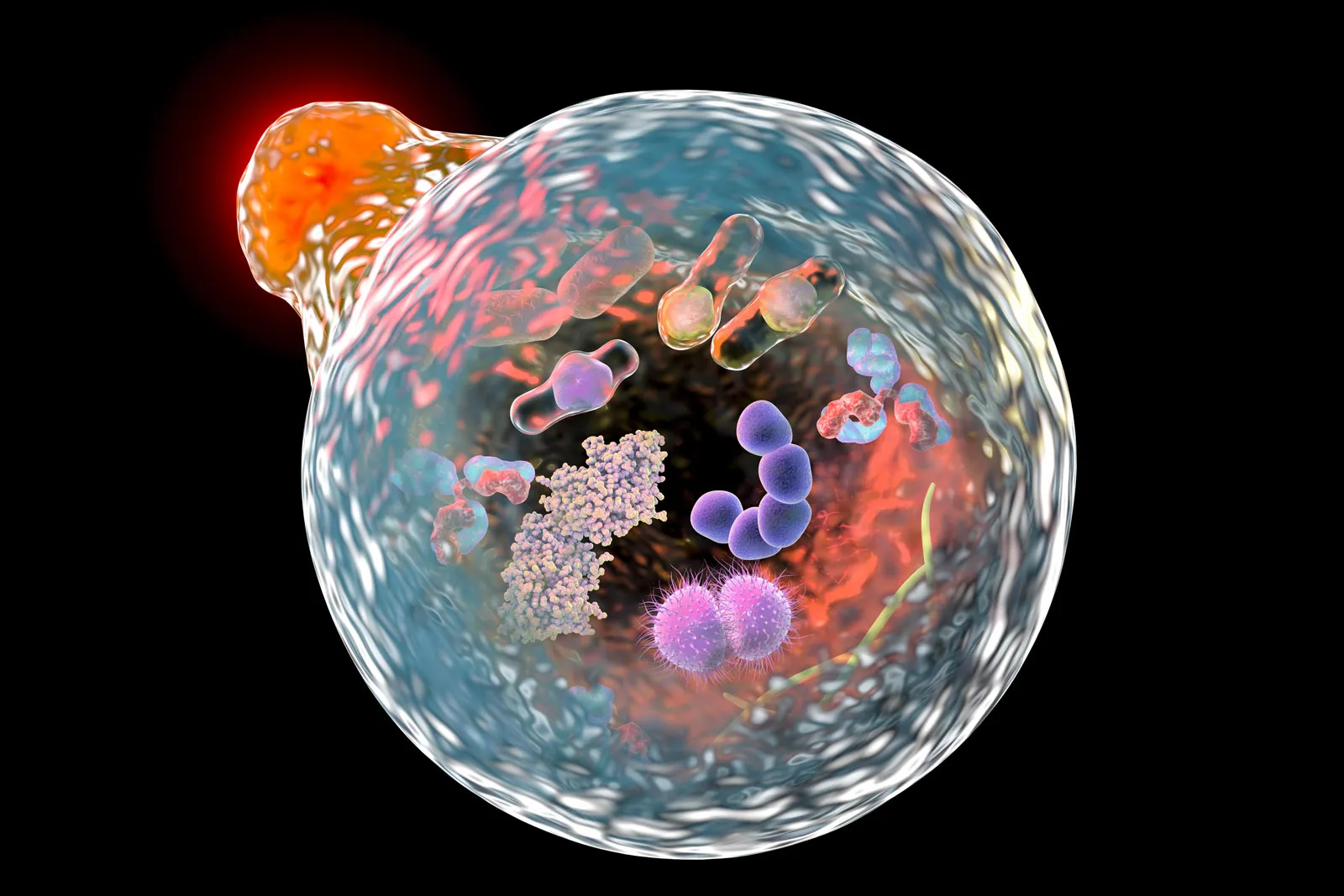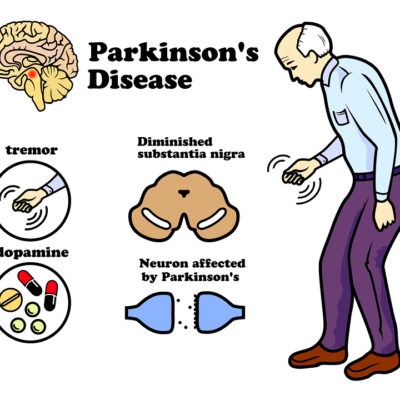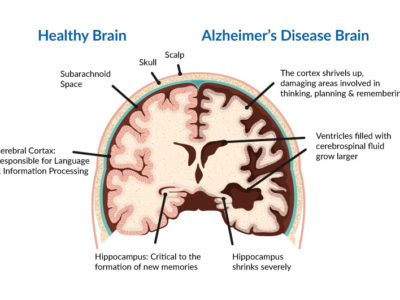Thiamine deficiency and its complications:
Thiamine, also known as vitamin B1, is a water-soluble vitamin that is a coenzyme and a vital catalyst involved in numerous important reactions such as energy production. It also plays a critical role in the propagation of nerve impulses and myelin sheath maintenance. Thiamine dietary sources are meat, beef, pork, legumes, whole grains, and nuts. Foods such as milled rice and grains lack thiamine, hence why developing countries relying on either is expected to be deficient in this vitamin. On the contrary, other food products including tea, coffee, raw fish, and shellfish; contain Thiaminase which is an enzyme that deactivates thiamine rendering it ineffective.
Body stores thiamine in skeletal muscle, where they are usually depleted in 2-3 weeks (1). Deficiency can lead to serious cardiovascular and neurological dysfunctions. Dry and wet beriberi, Wernicke’s encephalopathy, and Korsakoff syndrome are amongst the top occurring side effects (2).
Causes of Thiamine deficiency:
- Malnutrition, whether it be from the decreased intake or poor absorption.
- Increased thiamine demand (e.g. pregnancy, lactation).
- Chronic alcoholism.
- Increased loss (e.g. diarrhea).
Symptoms are initially unspecific; presenting as anorexia, irritability, and short-term memory difficulties (5).
Dry beriberi leads to neurological deficits. Patients can present with impaired reflexes, symmetrical motor and sensory deficits in the extremities, and noninflammatory myelin sheath loss.
A variant of dry beriberi is Wernicke encephalopathy, defined as an acute neurological disease affecting functions of peripheral and central nervous systems. It is characterized by a triad:
1)Ophthalmoparesis and nystagmus.
2)Ataxia, which may worsen to complete immobility.
3) Altered mental status and confusion(3).
Thankfully, however, less than 20% of the affected persons are presented with all three complications (17). Metabolic imbalances might also ensue from vitamin B1 deficiency leading to neuronal cell death. Mammillary bodies and the thalamus are mostly affected as seen in many studied cases of Wernicke encephalopathy(4).
The European Federation of Neurological Societies suggests that Wernicke encephalopathy is not a rare disease, but rather under-diagnosed. The diagnosis is confirmed in about 0.4%–2.8% of autopsies (6). The female to male ratio for Wernicke encephalopathy was found to be 1:1.7, with no specific ethnic predisposition(7).
Korsakoff syndrome should be distinguished from Wernicke’s encephalopathy in that it is chronic and might be irreversible. It usually presents as confabulation, memory loss, decreased learning capacity, and gait abnormalities. Untreated Wernicke encephalopathy cases mostly lead to these sequelae, occurring when both Korsakoff syndrome and Wernicke encephalopathy simultaneously take place. This is known as the Wernicke-Karsakoff syndrome.
Histologically, Wernicke-Korsakoff syndrome is associated with gliosis and microhemorrhages affecting the periaqueductal and para-ventricular regions in the grey matter. It also leads to, atrophy of the mammillary bodies and thalamus, and volume decrease in the hippocampus, cerebellar hemispheres, pons, and anterior superior vermis. The most common risk factor associated with Wernicke-Korsakoff is chronic alcohol abuse. Worldwide prevalence is believed to be around 0 and 2%, with specific subpopulations encompassing homeless people and elderly who live alone having higher prevalence rates(7).
Vitamin B12 deficiency and subacute combined degeneration of the spinal cord.
Vitamin b12, known as cobalamin, is a water-soluble vitamin found mainly in red meat, dairy products, and eggs. Large body stores of vitamin B12 are found in the liver, which explains why a period of around 5-10 years is required for storage depletion and clinical symptom appearance (8).
Etiologies of vitamin B12 deficiency are as following:
1) Achlorhydria or hypochlorhydria. An acidic environment is needed for the release of B12 in the stomach.
2) Decrease or absence of intrinsic factor which is required for absorption. This is known as pernicious anemia, an autoimmune disease where antibodies are made against intrinsic factor producing cells (9).
3) Damage to the ileum occurring due to surgery or Crohn’s disease.
4) Small intestine damage is seen in some inflammatory processes like celiac disease or infections.
5) Other miscellaneous causes include malnutrition (especially in susceptible patients), Diphyllobothrium latum worm infection, drugs affecting the absorption process(proton pump inhibitors, histamine antagonists, and metformin )(10).
Cobalamin deficiency is increasingly associated with the elderly. Studies in the US and UK conclude that 6% of people aging 60 years and older had B12 deficiency, while an additional 20% had borderline B12 levels(15).
Subacute combined degeneration of the spinal cord (SCD):
It is worthy of mentioning that one of the most significant manifestations of vitamin B12 deficiency is a condition known as subacute combined degeneration of the spinal cord. Pathophysiology could be explained by:
1)The accumulation of methylmalonyl-CoA, propionyl-CoA, and abnormal fatty acids result in the impairment of myelin synthesis, in addition to the incorporation of abnormal lipids in the myelin sheath contributing to demyelination(11).
2)An imbalance between the levels of tumor necrosis factor-alpha (TNF-α), epidermal growth factor (EGF), and interleukin-6can also lead to the demyelination process, as imposed by recent studies(12).
Demyelination affects the lateral and dorsal columns of the spinal cord and spinocerebellar tracts. This further progresses to multifocal, diffuse demyelination, axonal loss, and myelopathic spongy vacuolation; occurring as a result of intra-myelin and interstitial edema, especially in the white matter of the spinal cord.
Primary manifestations seen in subacute combined degeneration of the spinal cord are observed as tingling, burning, sensory loss of the distal extremities, loss of proprioception in the absence of visual cues, loss of vibration sense, ataxic gait, reversible dementia, and paresthesia(11, 13, 14, 16).
NSC-Nutritional deficiency-Ayah Bani Mustafa-1










